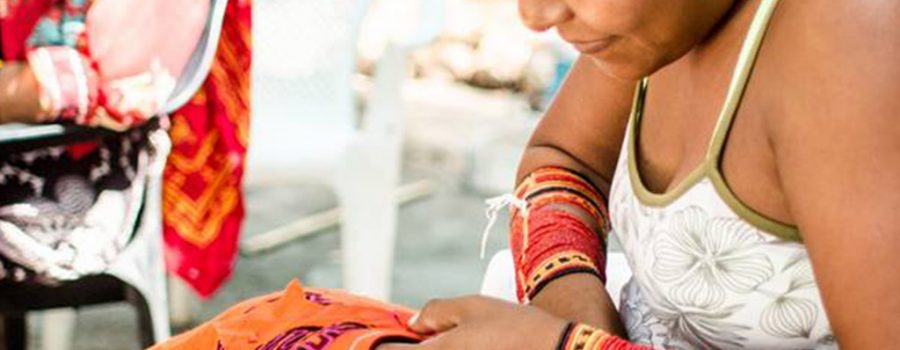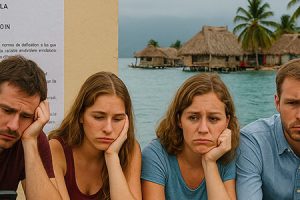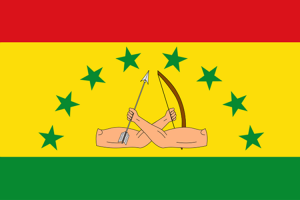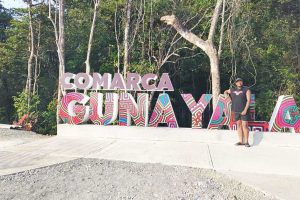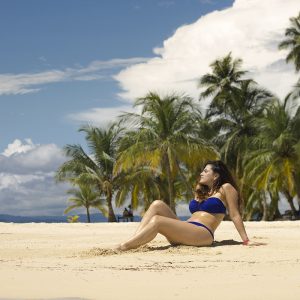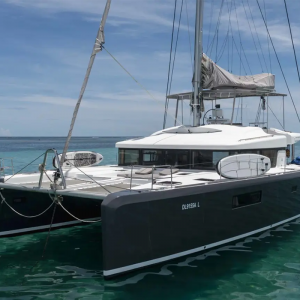The Guna language, also known as Dulegaya, is an indigenous language spoken by the Guna people of Panama and Colombia. Like many languages, it has variations across different communities. Learning key words in Dulegaya can help you connect with locals and enrich your visit to Guna Yala or the San Blas Islands. These phrases will also give you a deeper appreciation of the culture.
Guna Language Dulegaya: My Connection to Dulegaya
Dulegaya was my first language. Growing up in a Guna community, I didn’t know any other language until my parents enrolled me in primary school outside our world. At the age of 8, I began learning Spanish, and by 25, I had my first exposure to English. This personal journey deepened my appreciation for Dulegaya and its importance in preserving Guna heritage. By learning a few Dulegaya words, you can experience the same connection to the culture.
Key Words and Phrases in Dulegaya
Greetings and Basic Phrases
- Na!: A classic greeting, meaning Hello!
- Nued Gambi?: A common question, meaning How are you?
Example: Na! Nued Gambi? (Hello! How are you?). - Ani: The word for I.
- Be: The word for You.
Affirmations and Negations
- Eye: Yes.
- Suli: No.
- Sadde: There isn’t. Used to express the absence of something.
- Nigga: I have.
Example: Eye ani nigga (Yes, I have).
Expressing Wants
- Abegue: To want.
Example: Ani be abegue (I want you). - Cabi: Coffee.
Example: Ani cabi abegue (I want coffee).
You should know: Travel with respect to San Blas Islands
Nature and Objects
- Dub: Island. Many islands in Guna Yala end with “Dub” (e.g., Achutupu, meaning Dog Island).
- Wini: Traditional bracelets worn by Guna women.
- Mola: The colorful and intricate clothing designs made by Guna women.
Common Expressions
- Banemalo: See you tomorrow.
- Igi be nuga?: What is your name?
- Winabie: I want to go to the toilet.
Interesting Anecdotes
- Anai: Friend. During Spanish colonization, Vasco Núñez de Balboa misunderstood this word, thinking it was the name of a woman he loved. Instead, it meant Come here, buddy.
- Sipu: Refers to white or albino. It’s also the origin of the name “Chepo,” a village named after the great Guna leader, Cacique Sipu.
A Language Connected to Nature
Many Dulegaya words are inspired by the natural environment and the spiritual beliefs of the Guna people. For instance, words often relate to the sea, forests, and animals. Over time, words from Spanish and English have been incorporated due to historical influences. This adaptability showcases the resilience of Dulegaya while preserving its cultural essence.
Why Learn Dulegaya?
Learning even a few words in Dulegaya can significantly enhance your experience in Guna Yala. It shows respect for the culture, builds trust with locals, and makes your interactions more authentic. Small efforts like learning simple phrases can leave a lasting impression and create unforgettable memories.
Guna Language Dulegaya: Conclusion
The Guna language, or Dulegaya, is more than just a tool for communication; it’s a gateway to understanding the Guna people’s deep connection to their land, culture, and spirituality. By using these phrases, you can immerse yourself in their world and make your trip to the San Blas Islands truly special. If you found this guide helpful, please share it with others and follow us on social media. Together, we can spread awareness of Guna culture and the commitment to preserving Mother Earth, Abya Yala.


